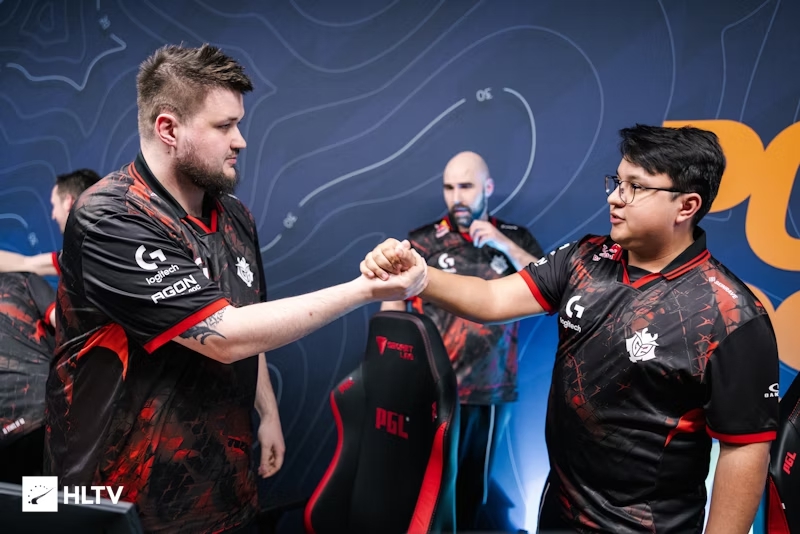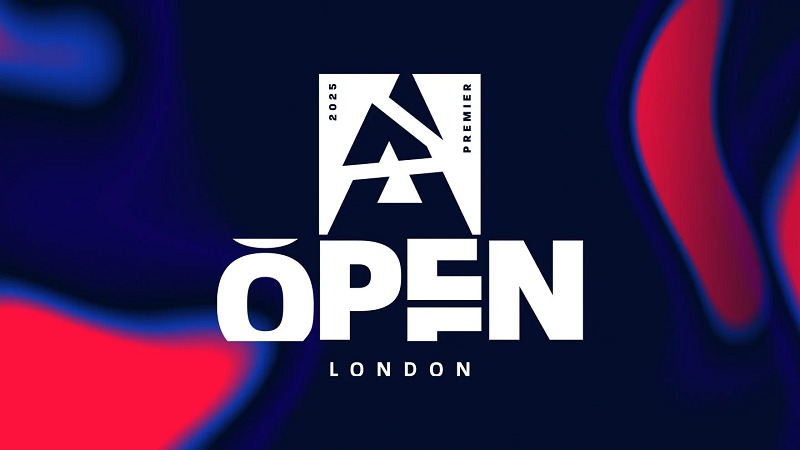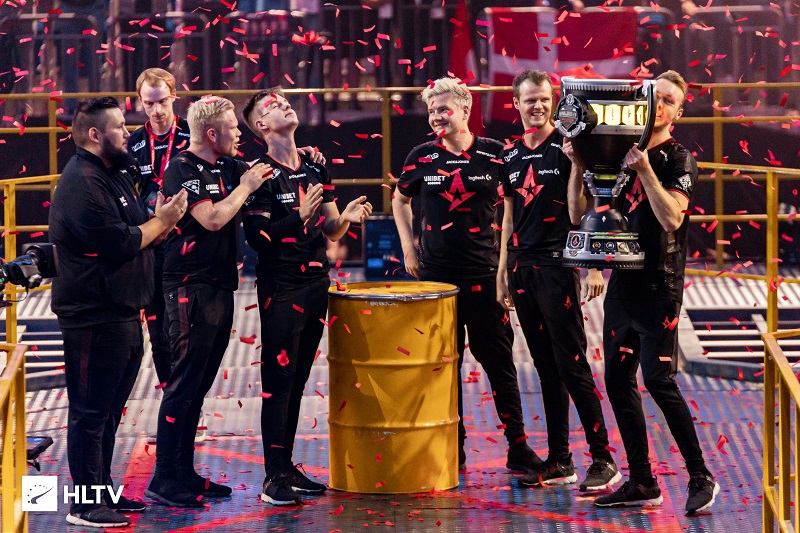Snax : Currently have no plans to return, received three invitations from second-tier teams
2025-09-10 03:00 (UTC)

Time: 2025-06-07 13:40 (UTC)
Map Pool Overview
Nuke: Nuke was played 8 times with a 20% ban rate. The CT side secured a 57% win rate, while the T side managed a 43% win rate. Чому це цікаво: The strong CT performance suggests a defensive advantage on this map.
Dust II: Dust II was played 7 times with a 20% ban rate. The CT side held a 55% win rate, while the T side recorded 45%. Чому це цікаво: The close win rates highlight Dust II’s competitive balance, though CTs had a marginal lead.
Inferno: Inferno was the most played map with 13 matches and a 13% ban rate. The CT side won 55% of the time, with the T side at 45%. Чому це цікаво: Its high play count and low ban rate reflect its popularity and balanced nature.
Anubis: Anubis featured in 6 matches with a 16% ban rate. The CT side had a 53% win rate, while the T side reached 47%. Чому це цікаво: The near-even split suggests Anubis offers a fair fight for both sides.
Mirage: Mirage was played 7 times with a 19% ban rate. Both CT and T sides shared an equal 50% win rate. Чому це цікаво: The perfect balance makes Mirage a neutral battleground for teams.
Train: Train had the lowest play count with 4 matches and the highest ban rate at 22%. The CT side won 44% of the time, while the T side dominated with 56%. Чому це цікаво: The high T win rate and frequent bans indicate a strong T-side preference.
Detailed Analysis
The map pool data reveals a general CT-side advantage across most maps, with win rates ranging from 50% to 57%, except for Train, where the T side held a clear edge. Inferno’s dominance with 13 matches and a low 13% ban rate positions it as the cornerstone of Stage 1, likely due to its proven balance and familiarity among professional players.
Nuke and Dust II, with their 20% ban rates, were high-stakes maps where team preparation—such as site holds, retakes, and executes—could determine outcomes. Anubis and
Side balance data offers tactical insights into map-specific play. Mirage and Anubis, with their near-equal win rates (50% and 53% CT), suggest a well-tuned environment where skill and strategy outweigh side advantages. The CT dominance on Nuke (57%),
Teams likely focused on optimizing their CT defaults and T executes, with ban decisions reflecting efforts to avoid unfavorable matchups. This data, combined with pick patterns, will shape Stage 2 strategies as teams adapt to these trends.
Conclusions
The map pool for Stage 1 of the CS2 Austin Major 2025 highlighted Inferno as the most played map, with a slight CT advantage across most maps except Train, where T sides excelled, driving its high ban rate. The data reflects a competitive balance with strategic depth, as teams navigated CT-favored and T-favored layouts. As the tournament progresses to Stage 2, these insights will likely influence map selections, ban strategies, and tactical adjustments, promising an even more dynamic phase ahead!

2025-09-10 03:00 (UTC)

2025-09-09 06:00 (UTC)

2025-09-09 03:00 (UTC)

2025-09-08 11:00 (UTC)